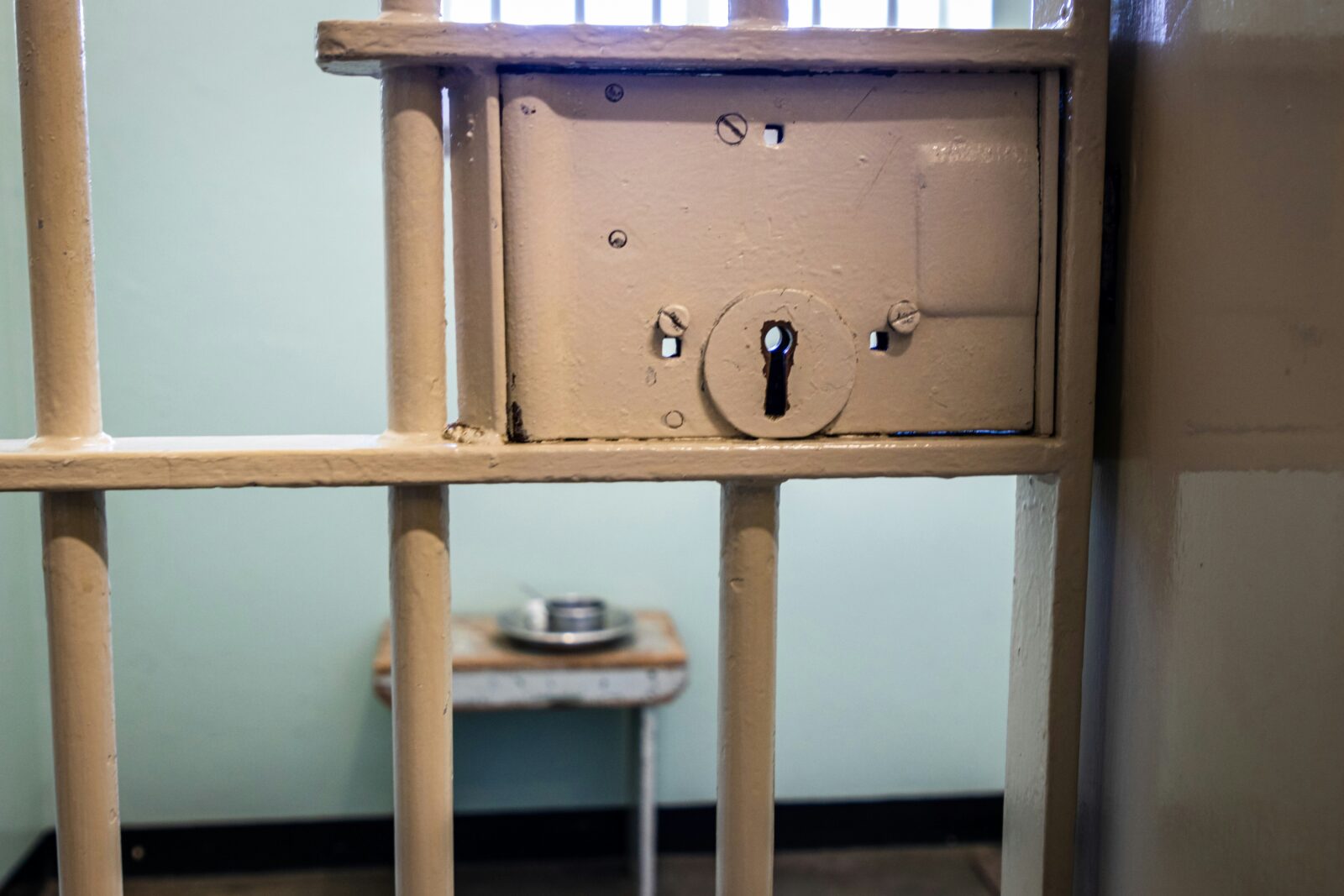
What are the Likely Effects of Carillion’s Insolvency on its Supply Chain?
Carillion’s collapse through an application for compulsory liquidation has sent shock waves through the UK economy. Carillion is much more than just one of the UK’s largest construction companies. As a provider of many other services that help the country function, the loss of this giant will be felt well beyond its construction roots.
The decision to effectively declare itself bust leaves 43,000 jobs around the world hanging in the balance. For now, the government has committed to funding public service contracts and the Insolvency Service has urged all 19,500 UK staff to turn up for work as normal. But there are no guarantees how long that will last.
The Ripple Effect
One of the biggest causes of insolvencies in the UK is the closure of other firms in the supply chain. When a major customer or contractor goes bust, it’s inevitable that those who rely on those businesses will feel the effect. With the collapse of a sprawling business like Carillion, this news will make waves rather than ripples in the wider supply chain and leave potentially thousands of creditors and subcontractors out of pocket. Many could be forced out of business.
For now the government has requested supply chain businesses and contractors to carry on working, on the premise that they will be paid for their work during the liquidations.As to money that was owed by Carillion prior to the insolvency, creditors will be paid in order of priority once Carillion’s assets are realised by the insolvency practitioners.
If your business’s cash-flow is suffering as a result of Carillion’s liquidation you can get free, expert advice by emailing info@companydebt.com. You can also call our support team on 0800 074 6757.
What Went Wrong?
Carillion ran into financial difficulties last year after issuing three profit warnings in five months. It also wrote down more than £1bn on the dwindling value of contracts in the UK, Canada and the Middle East.
Last-ditch talks with the firm’s leaders collapsed last week as the government refused to hand over the £20 million required to encourage further backing from the banks. With Downing Street not willing to take part in the bailout, the banks, headed by HSBC, Santander and Barclays, refused a restructuring plan and the liquidation process was subsequently announced.
Unlike an administration, where a firm continues to trade while attempts are made to find a buyer, it has been suggested that there is very little of value within the business. This led to the decision to shut it down. Now, an employee of the government’s Insolvency Service, advised by six ‘special managers’ from PwC, has assumed control of the company to sell its assets, deal with creditors’ claims and investigate the cause of the failure.
What’s the Likely Impact on Carillion’s Subcontractors
Subcontractors caught up in the collapse of Carillion will now have to deal with the fallout. When a contractor becomes insolvent mid-project, the impact is far-reaching. Sub-contractors face non-payment and uncertainty as to their continued involvement in the project. Thousands of subcontractors have already been left in limbo over retention payments owed by Carillion, with many small firms awaiting payments from the collapsed contractor totalling hundreds of thousands of pounds.
Estimates of the amount of money held by Carillion in retentions could be as high as £1bn and many electrical and other specialist contractors risk losing millions. Those subcontractors will now have to join the long list of unsecured creditors. Even if money does become available, they are only likely to receive a small proportion of the money they are owed. This presents a clear danger to many small businesses and means it’s not a question of ‘if’ subcontractors will be forced into insolvency, but ‘how many’.
The Insolvency Options for Carillion Subcontractors
The immediate issue Carillion subcontractors are likely to face is a considerable dent in their cash-flow which could make their businesses insolvent overnight. The good news is that if your business was profitable before the collapse then with the right help, it could be profitable once again. However, the loss of such a major client is likely to be something that will affect many subcontractors over the longer-term. And, if a substitute cannot be found, this will cause considerable strain.
Is Your Business Insolvent?
As soon as a business becomes insolvent, the directors’ obligations change. The business must then be run in the best interests of its creditors, and that brings certain responsibilities. Failure to meet these obligations could lead to accusations of misconduct and the various penalties that apply.
For that reason, it’s essential you recognise the signs that your business is insolvent. The two tests for insolvency are:
- The business cannot pay its debts when they become due for payment;
- The value of its liabilities exceeds the value of its assets.
If either or both of these tests are true of your business then it is an indication of insolvency and you should contact a turnaround professional to discuss your options immediately. For a quick check, our Insolvency Test can help you identify your company’s situation.
What are the Options for Insolvent Subcontractors?
When cash flow has been disrupted in the short term, but the underlying business is sound, trading out could be an option for you. Trading out is a common way to address the problem of negative cash flow. There are two approaches you can take:
- Informal negotiations with creditors which allow you to reduce the repayments over the short-term or extend repayment terms to reduce the pressure;
- Proposing a Company Voluntary Arrangement (CVA) is a more formal approach to creditor negotiations. A specialist turnaround practitioner will help you draw up a proposal to repay your creditors all or part of the money they are owed over a period of up to five years.
Trading out can give you the breathing space you need to get back on your feet. The guidance of a turnaround professional will make a big difference in the likely success of this approach, instilling greater confidence in your creditors and helping you create proposals that creditors like HMRC will consider.
Help is at Hand
If the collapse of Carillion has damaged your business to such an extent that it can no longer continue in its current form, corporate restructuring could help you avoid formal insolvency procedures and keep your business trading.
A turnaround practitioner will work with you to understand the position the Carillion collapse has put you in and consider the suitability of a range of rescue options to put your business back on track. That includes:
- Restructuring the business to reduce its costs
- Renegotiating existing finance agreements
- Scaling back the business to its core activities
- Exploring alternative finance streams
- Selling non-essential company assets
One or a combination of these strategies could be enough to save your business. If necessary, we may also consider making a formal arrangement with your creditors or even selling a stake in the company to save your business
Need help?
Is your business facing a cash-flow crisis as a result of the Carillion collapse? If you want confidential, no-obligation advice to help you consider your options, we can help. Please email info@companydebt.com, or call our team on 0800 074 6757.








